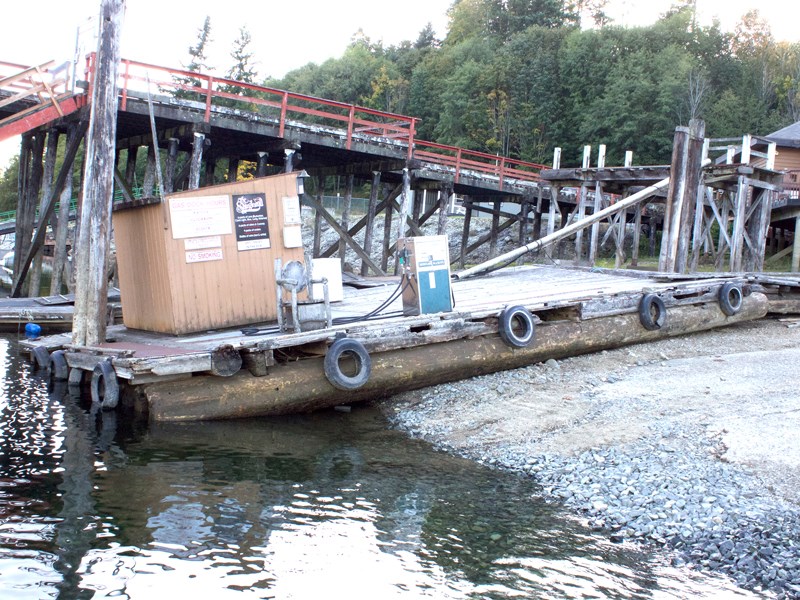Drought-like conditions this summer are responsible for record-low water levels on Powell Lake, not ongoing upgrades to the reservoir’s hydro-electric dam, according to owner Brookfield Renewable Power.
The lake’s current level is hovering around 270 metres above sea level, about 15 metres lower than the reservoir’s normal operating level. Brookfield is unable to generate power with the dam if the water level drops below 268 metres.
For the past year, the company has been working on replacing 19 spill gates, originally installed in 1925, with new ones designed to current codes, said Brookfield director of stakeholder relations Andy Davis.
“There is a misunderstanding that the current lake level is because of this work; it is not,” said Davis. “The current lake level is due to an extreme lack of precipitation in the watershed.”
Approximately eight years ago, a company assessment of the dam concluded the project was necessary and recommended lowering the reservoir’s level from 285 metres above sea level down to 280 metres in order to reduce pressure on the gates. Davis said the project does not require the water level to be any lower than 280 metres to complete the project.
City of Powell River director of infrastructure Tor Birtig said the city has been monitoring the low water levels and its impact on the public’s ability to use boat launches at Mowat Bay and Powell Lake Marina.
Birtig said the city has been assessing whether to put more rock at the end of the boat launches to extend them but is not hopeful the process can work.
“It could be that topography limits if we could extend it at all. The lake bottom might drop off too steeply,” said Birtig. “We're at the mercy of the lake level at this point and there's not much we can do.”
Retired millworker Al Pauling said his family has owned a cabin on Chippewa Bay for the past 52 years and he has spent his life on Powell Lake.
"I know a lot about the lake,” said Pauling. "I've never seen it this low.”
Pauling said he is quite concerned about potential damage to the cabin as it is not an easy task to move its recently rebuilt and expanded floating structure out into deeper water.
"I hope [Brookfield] is not going to take it down too much lower,” he added. “There are a lot of people who are up on the beach now.”
Responding to criticism that Brookfield has allowed the lake level to drop so low, Davis reiterated that the company attempts to balance water usage for generation at Catalyst Paper Corporation’s mill with inflow from the watershed.
“We have curtailed generation as much as the mill will allow us, to conserve water,” said Davis.
The summer of 2017 has been particularly dry for Powell River. According to data from Environment and Climate Change Canada, the region saw only 10.5 millimetres of precipitation during July and 4.6 millimetres in August.
Compared with climate data collected over the past 30 years, July’s precipitation numbers were down sharply at 28 per cent of normal climate amounts, while rainfall in August was less than 10 per cent of average.
Powell River resident Al Drummond owns a land-based cabin on Goat Island. He said regardless of the weather, Brookfield should communicate better with residents of the lake.
“There are a lot of float-cabin owners who are upset,” said Drummond. “It all boils down to communication.”
The company should have held a stakeholders meeting and notified lake residents about the project so they could prepare to move their cabins out to deeper water, he added.
“It’s just common courtesy,” said Drummond.
While the company did not organize a public consultation meeting with lake stakeholders, it has been providing information to the community through advertising, door-to-door campaigns and answering questions at its Powell River office, said Davis.
“We have no way of informing the public that precipitation may not be where it normally is,” he said, “during or after a project.”



